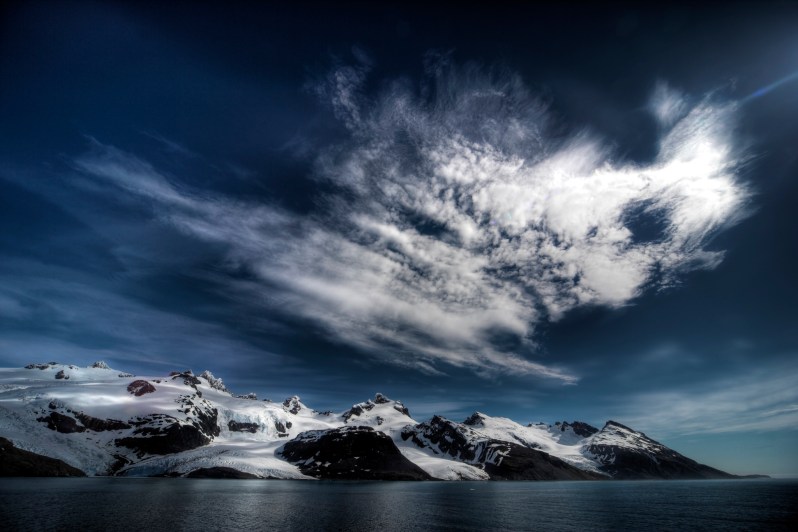Seeing the Northern Lights is high on most travelers’ bucket lists. With a little preparation and the right timing, they’re surprisingly easy to spot throughout much of Canada and the northern United States. The Southern Lights, cousin to the Northern Lights, are however far more elusive. Blame it on the lack of easily accessible land in the Southern Hemisphere from which to view them. From Tasmania and New Zealand to Argentina and Antarctica, here are the best places to catch one of the world’s most elusive natural phenomena.
Ushuaia, Argentina

Best known as the jumping-off point for most Antarctic cruises, Ushuaia is the southernmost town in Argentina and arguably the world. The so-called “End of the World” is situated at the extreme tip of South America, making it the best spot on the continent for Southern Lights viewing. While it’s a long — perhaps overnight — flight for most North Americans, it’s likely the most convenient location on this list for catching the aurora australis. It’s more densely populated than most travelers expect, however, which means renting a car to escape the light pollution is almost required. The town is also infamous for its unpredictable weather patterns, so patience is just as essential.
South Georgia Island & Antarctica

The Antarctic cruise season wraps at the end of March. Unfortunately, that’s also the beginning of the unofficial Southern Lights season in the Southern Hemisphere. It’s tricky to visit South Georgia Island during winter, and nearly impossible to travel to and around the White Continent. But, with a little bit of luck and the right atmospheric conditions, travelers who time their cruise toward the end of the cruise season can see some of the most spectacular aurora displays on the planet.
Mount Wellington, Tasmania

After Ushuaia, Australia is likely the second most convenient destination for North American travelers seeking the best Southern Lights viewing. Naturally, the continent’s best aurora opportunities are found as far south as possible. The southernmost island of Tasmania is a natural choice — it’s rugged, isolated, and stunning in its own right. Because of its location and naturally pristine state, visitors have a 1-2% chance of spotting the Southern Lights on any given night. The likelihood increases substantially in late March through early September. Located near the capital of Hobart, Mount Wellington is arguably the best spot on the island for aurora viewing. At just over 4,000 feet in elevation, it’s a surprisingly accessible climb, and the pay-off at the top can be stunning.
South Island, New Zealand

Believe the hype: New Zealand is breathtaking. There’s a reason many of the world’s one-percenters own hundred-acre mega vacation ranches there. The same reasons that draw the wealthy — natural beauty, isolation, and crisp, clear air — also make New Zealand in general, and the South Island in particular, the perfect destination to catch the Southern Lights. Some of the island’s best-known aurora spots are found in the south, such as the village of Lake Tekapo and on Stewart Island. The phenomenon has been so active in recent years, however, that even the resort town of Queenstown has become a hotbed of aurora activity.
Astrophotography — including photographing the Southern Lights — can be tricky. Check out our primer on photographing the Northern Lights. All of the tips we recommend apply to the southern phenomenon as well.



